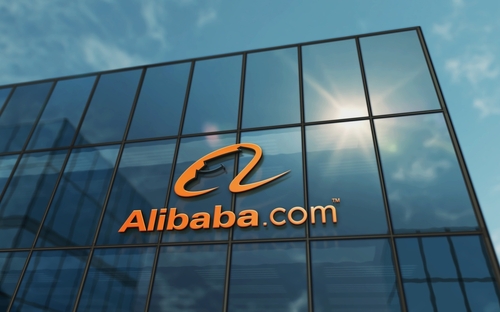USDC Supply is Expanding Rapidly Across XDC Network, Hyperliquid, and Sonic

New data published by Token Terminal suggests that stablecoin adoption is entering a more distributed phase, with several alternative blockchain networks experiencing rapid expansion in USDC circulation. Over the last 30 days, USDC on the XDC Network recorded a 91% increase in supply, placing it second among the fastest-growing USDC deployments.
Token Terminal’s ranking reflects 30-day percentage growth in circulating USDC across multiple networks:
- USDC on Hyperliquid: 102.5%
- USDC on XDC Network: 91.0%
- USDC on Sonic: 86.1%
While the growth percentages do not reflect absolute volume, they highlight where stablecoin usage is scaling most quickly compared with previous months.
Circle Mint (formerly Circle Account) is Circle’s institutional portal that allows businesses to mint, redeem, and manage USDC directly without relying on third-party exchanges. With USDC now natively supported on the XDC Network, and few more blockchains, Circle Mint has become an important liquidity entry point for enterprises, fintech projects, trading desks, and settlement platforms building on or interacting with XDC.
Circle’s Cross-Chain Transfer Protocol (CCTP) has become one of the primary mechanisms allowing users and applications to move native USDC across supported blockchains without relying on wrapped assets.
CCTP works by burning USDC on the source chain and minting an equivalent amount on the destination chain. Because USDC is native on each supported network, the process avoids the risks associated with third-party bridging and wrapped tokens. Users can bridge USDC to XDC using the USDC’s native bridge CCTP for low-cost settlement.
XDC’s Growth: The Role of the Surge Program
Unlike purely market-driven increases, part of USDC’s recent expansion on XDC appears linked to the network’s ongoing Surge Program, a multi-quarter initiative designed to enhance liquidity and attract builders across DeFi, payments, and real-world asset (RWA) applications.
Key elements of the Surge Program include:
- Incentivized liquidity pools for assets such as USDC, aiming to deepen market depth across decentralized exchanges.
- Builder-focused incentives, which encourage projects to deploy stablecoin-based products, including lending markets, yield strategies, and tokenized settlement tools.
- Lower-cost settlement rails make XDC attractive for stablecoin-based activity that demands fast, predictable execution.
These incentives have led to increased usage of USDC in trading pairs, yield mechanisms, and cross-platform transfers, contributing to the 30-day growth reflected in Token Terminal’s data.
XDC Network has a total circulating supply of $29.7 million USDC as per usdc.cool, accounting for 0.04% of the total USDC supply across all blockchains in just 2 months.

This combination—retail bridging institutional minting—creates a dual inflow dynamic that contributes to the 30-day surge highlighted by Token Terminal.
A Broader Shift in Stablecoin Distribution
XDC’s move into the top growth category aligns with a broader trend: stablecoin liquidity is decentralizing across ecosystems rather than concentrating on a single chain. The growth of Hyperliquid, Sonic, and XDC Network points to regional and use-case-specific adoption patterns:
- Hyperliquid’s expansion appears tied to activity in derivatives and high-frequency trading environments.
- Sonic’s growth reflects developer experimentation on new execution layers.
- XDC Network’s rise is more closely connected to liquidity programs, DeFi expansion, and RWA settlement pilots.
This diversification demonstrates how stablecoins are adapting to specialized blockchain environments, each offering distinct execution or cost advantages.
USDC’s Multi-Chain Expansion Strategy as a Driver
USDC’s growth across these networks is also a result of Circle’s continued multi-chain rollout strategy, which enables the stablecoin to be issued natively on various ecosystems. By expanding to execution layers with different performance profiles, enterprise-oriented, DeFi-driven, or trading-focused. Circle allows USDC to serve a broader set of applications.
For networks like XDC, which target regulated sectors such as digital trade, global payments, and tokenized assets, the availability of a primary stablecoin provides an essential building block for more specialized applications.
Market Outlook
While percentage growth does not necessarily indicate large absolute inflows, the data reflects shifting patterns in how developers and users deploy stablecoins across blockchain environments. If these trends continue, networks that combine liquidity incentives with real-world applications, such as XDC’s Surge Program, may become increasingly relevant in the stablecoin economy.
The latest figures from Token Terminal signal that USDC distribution is becoming increasingly multi-chain, shaped by a combination of user demand, developer incentives, and network-level initiatives.







